Hweren concentration camp in North Korea
Categories: Asia | History | Society
By Pictolic https://pictolic.com/article/hweren-concentration-camp-in-north-korea.htmlFor modern people, a concentration camp is something terrible, ugly and, fortunately, sunk into oblivion. Nazi concentration camps such as Auschwitz, where terrible things happened, will forever remain in history. But, sad as it may be, such camps exist in the 21st century. The Hweren concentration camp in North Korea is considered one of the most terrible.
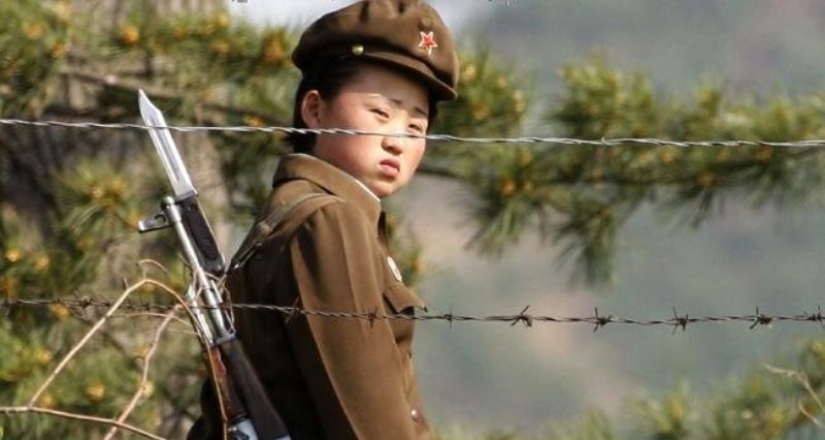
The Hoeryong concentration camp in the DPRK existed until 2012. The exact number of its prisoners is unknown, but experts suggest that up to 50 thousand people were in it at the same time. All these people lived and worked there without any hope of being released. The current regime in the country sentenced them to life imprisonment.
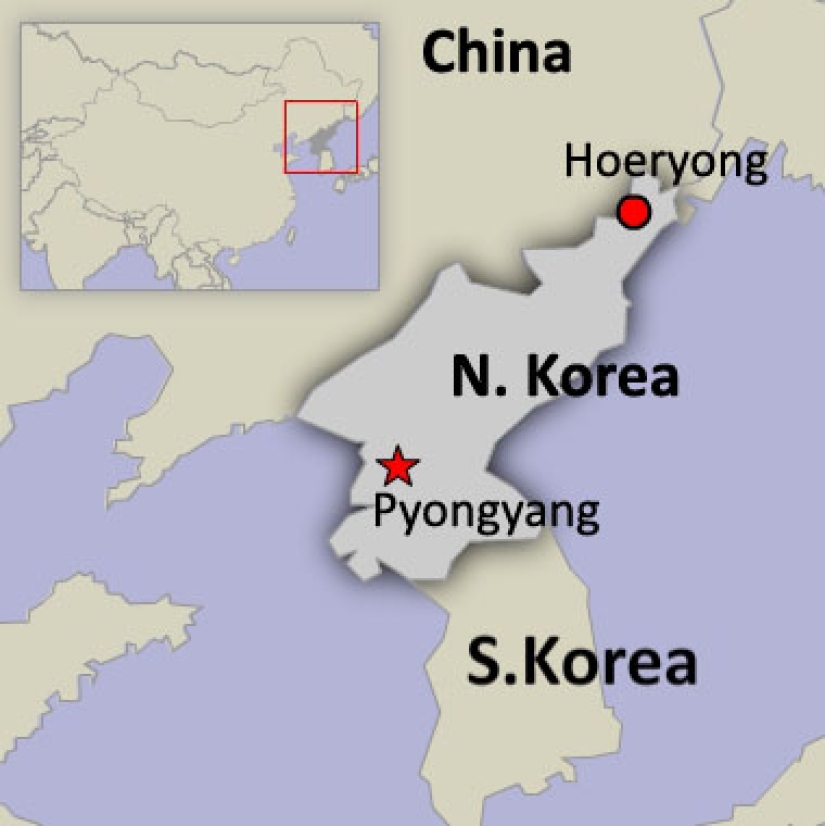
For North Korea, a concentration camp is not a unique phenomenon. It should only be said that Hveren was part of the Kwan-li-so network of forced labor colonies under serial number 22! It was the most secret camp, absolutely isolated from the outside world. And this despite the fact that the city of Hveren is located very close, in whose honor the camp got its name.
True, the townspeople did not know what was happening very close by. The concentration camp was separated from the residential areas by a mass of rocks up to 500 meters high. The place where tens of thousands of people were imprisoned was located in a low place between the rocks and was ideal from the point of view of secrecy and prevention of escapes.
The Hveren camp began operating in the mid-1960s. At first it was small, and the number of its prisoners was several hundred. But gradually the territory expanded, and soon it occupied 225 square meters. km. The camp was surrounded by a fence made of barbed wire and wires with a voltage of 3 kilovolts. The perimeter was guarded by 1,000 soldiers with automatic weapons and dogs.
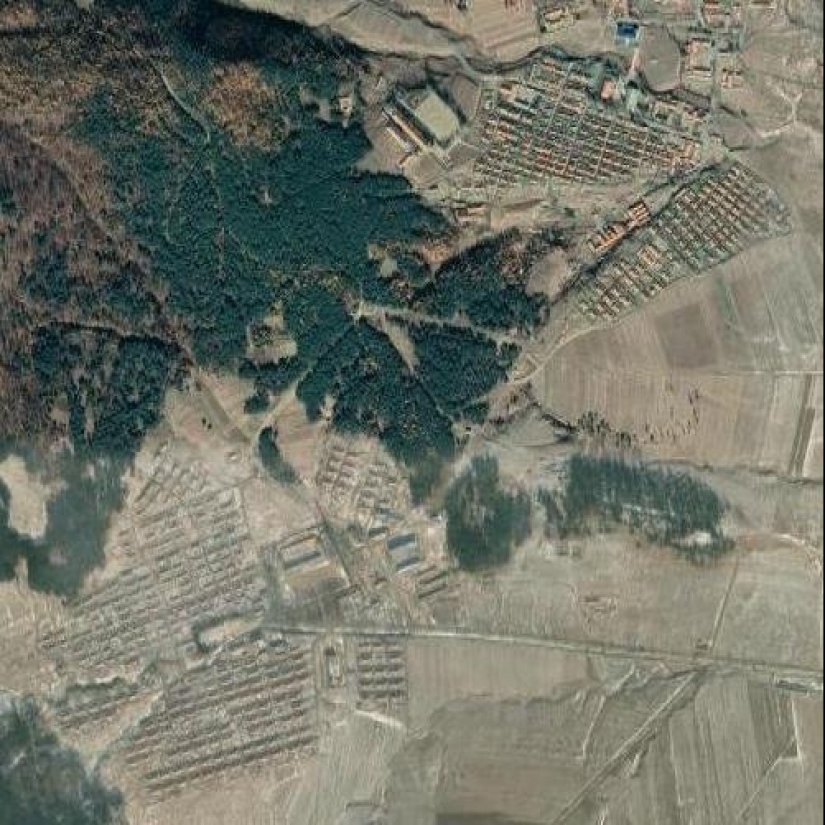
By 1990, the “population” of Hveren was 50 thousand people. None of them were ever released, since all the prisoners were sentenced only to life sentences. Many were imprisoned with their families. As scary as it may sound, in the DPRK the entire family, including children, is responsible for a person’s actions. Almost all the prisoners ended up in the camp on political charges or simply because they did not fit into the picture of the “ideal communist paradise.”
Prisoners who violated the ideals of the party worked in the coal mines located right there. Their relatives lived in an agricultural settlement within the camp and worked in the fields. There was no question of any normal working conditions. The prisoners were just consumables for whom the guards showed not the slightest pity.
One of the former concentration camp guards named An Mieng-chol managed to escape from the DPRK. From his stories we can imagine what was happening in the valley between the rocks. The man, when he first arrived in Hveren, was shocked by the sight of the prisoners. They looked like walking skeletons and were dressed in unimaginable dirty rags.
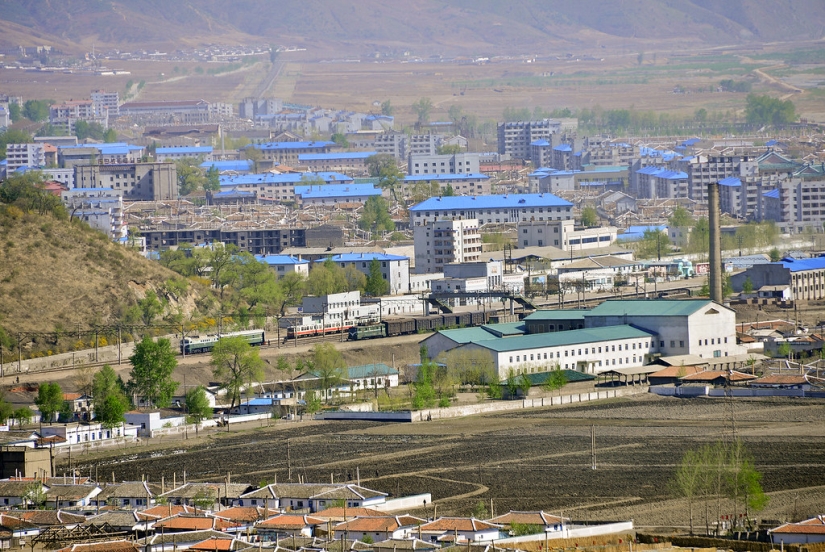
Every third person was injured as a result of beatings inflicted by guards. Among them there were about 2,000 people who were missing one or another limb. But even the absence of a leg or arm did not save the unfortunate from slave labor in coal mining. The prisoners were fed twice a day. One ration was 180 grams of corn. The prisoners were not entitled to anything more. Every year, 1500-2000 people died from hunger alone in Hveren. But this was not noticeable, because the contingent was constantly replenished.
Children living in the camp, from the age of 6, had to work with their mothers in rice fields and vegetable gardens. But the control over the workers was so strict that they were given no food other than camp rations. Therefore, many children died of hunger and disease before they even reached the age of ten.
The prisoners themselves lived in barracks divided into large rooms. Each room housed 100 people who slept on multi-tiered bunks. Family shock workers were the only ones who received concessions. They were allowed to live with their wives and children in tiny rooms without running water or sewerage.
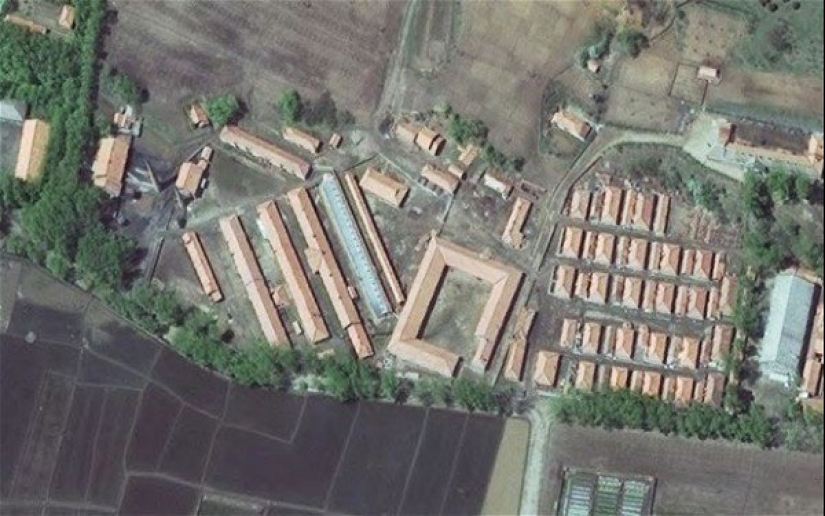
The working day began at 5 am and lasted until 8 pm. But even after returning from a mine or field, the prisoners did not sit idle. In the evenings, re-education work was carried out with them, in the form of lectures and demonstrations of ideologically correct films. There was only one day off in Hveren - New Year.
Nobody cared about safety in coal mines. Accidents, including mass ones, occurred regularly. The camp administration and guards had no pity for the prisoners, who were considered class enemies. There was no way to count on medical care, and the injured were simply taken to a separate “hospital” barracks to die.
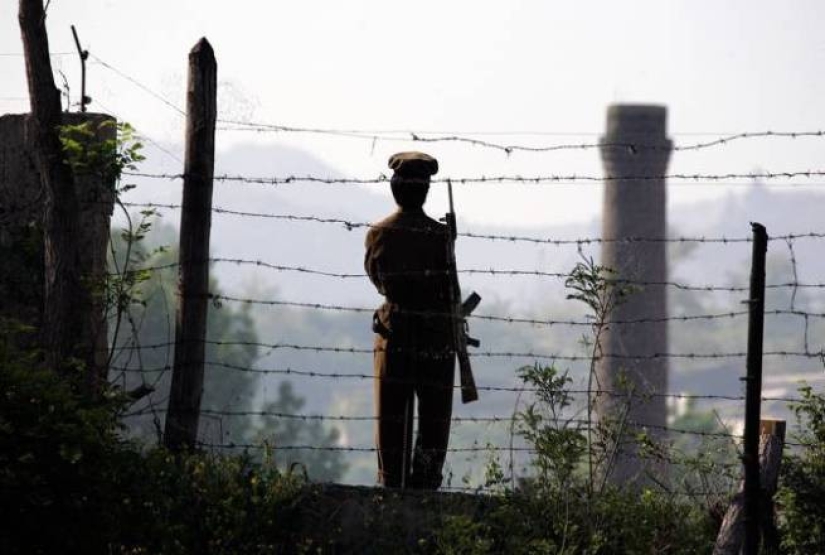
But they died in the camp not only from hunger, disease and injury. Many prisoners were shot for various offenses. Another former Hweren guard, Kwon Hyok, said he was once ordered to shoot 31 people. They were guilty only of sharing a room with a prisoner who was attempting to escape. In the 80s, executions took place weekly and all prisoners were herded to watch them. In the 90s they shot people no less often, but they were already doing it secretly from everyone.
Every year, several hundred people were taken from the camp and never returned. They were forced to work on the construction of secret facilities and then destroyed. Kwon Hyok guarded the camp for 3 years. He managed to escape after being promoted and began helping the DPRK military attaché in Beijing. The officer waited for the right moment for another 3 years, because even in China he was constantly being monitored by North Korean intelligence services.

By 2012, the coal reserves in the Hveren mines had run out and they decided to close the camp. The fence, barracks, towers and guard barracks were destroyed without a trace, and the surviving 3,000 prisoners were moved to another camp - Hwaseong. By the way, this is the largest concentration camp in the DPRK, and perhaps in the world. Its area is 550 sq. km.
Soon after the closure of Hveren, peasants were brought to the site of the concentration camp, who built houses and outbuildings there. Now nothing else reminds us of the terrible past of this valley.
Recent articles

Most of us think that the color of the eggshell does not play any role and it is possible not to pay attention. But it's not and ...

The more we rely on technology, the more potential power hackers gain over us. It doesn't matter if their goal is to help or cause ...

Creating a good portrait is one of the most difficult tasks for any photographer. In order to make a really natural and memorable ...